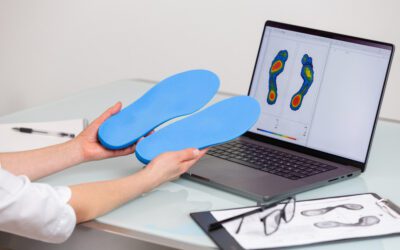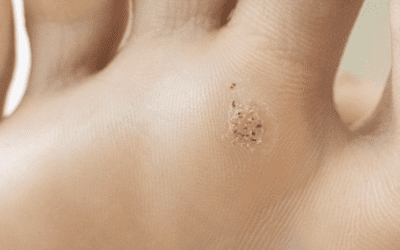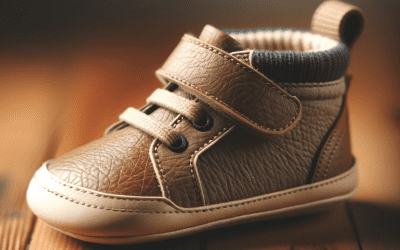The Benefits of Skate Orthotic Insoles
The ice rink sparkles like a mirror under the lights, reflecting the figures of skilled skaters moving across its surface with airy grace. Every move they execute, every twist, every dance step on the ice reveals a complex symphony of power and precision, but beneath these apparent movements of ease and fluidity often hide invisible injuries. Ice skating, whether it’s ice hockey or figure skating, is a sport that, despite its beauty, is not without risks the feet, these pillars upon which every sporting performance relies, are often victims of neglect. Issues such as metatarsalgia, bursitis, plantar fasciitis, and various tendinopathies can be a constant source of pain and discomfort for skaters.
The Role of Orthotic Insoles
However, a solution has gradually emerged to overcome these problems: orthotic insoles.
Before addressing how orthotic insoles can help, it is essential to understand the key role they play, as a sport, ice skating requires a high level of physical performance, as well as impeccable stability and coordination.
Foot comfort in a skate is therefore of crucial importance, a poorly fitted skate or foot deformity can lead to painful and potentially serious injuries. Orthotic insoles, when properly used and adjusted, can help prevent these problems and improve overall performance.
History and Evolution of Orthotics in Sports
The history of the use of orthotics in sports is fascinating, demonstrating how the science of podiatry has evolved over time to meet the needs of athletes of all levels. Orthotic insoles, in particular, have a history spanning several decades.
The earliest forms of orthotics were rudimentary devices designed to support foot structure and correct gait defects. However, with advancements in synthetic materials and manufacturing technologies in the 1970s and 1980s, orthotics began to take on a more modern form.
Athletes, including runners, football players, and skaters, started using orthotics to enhance their performance and prevent injuries. Over time, orthotics have been refined and customized to meet the specific needs of each sport.
Today, orthotic insoles are a commonly used tool in many sports, including ice skating, to increase balance, endurance, and energy return absorption.
Assessment and Customization
The assessment of feet for orthotic insoles usually begins with a consultation with a podiatrist. This healthcare professional is trained to diagnose and treat various conditions that can affect the feet. The first step in the examination involves a thorough biomechanical examination.
The podiatrist observes the patient’s gait, analyzes plantar pressure and joint movements, and checks the overall alignment of the foot and leg. They may also request x-rays if accessory bones are suspected or to obtain a more detailed view of the foot’s bone structures.
Once this initial assessment is completed, the podiatrist can identify specific problems that might require the use of orthotic insoles. There is a wide range of pathologies that can be alleviated or treated by wearing orthotics. These can include issues such as hallux valgus, a deformity that occurs when the big toe moves toward the other toes; Morton’s neuroma, nerve pain that can occur between the toes; and plantar fasciitis, inflammation of the tissue connecting the heel to the toes.
The custom-made orthotic insole is manufactured considering several aspects, including the shape of the arch of the foot and the possible presence of specific problems like bunions or hallux abducto valgus. Orthotics are designed to provide adequate support, enhance stability, and facilitate walking and running. They can help address issues such as plantar fasciitis pain, Achilles tendon problems, and various other foot conditions.
To understand the benefits of orthotic insoles in skating, consider the case study of a professional skater who suffered from chronic foot pain due to plantar fasciitis. This condition, involving inflammation of the elastic tissue under the sole of the foot, can be debilitating for a skater, limiting mobility and performance on the ice.
After trying various therapies and shoe modifications without success, the skater consulted a podiatrist who recommended the use of custom-made orthotic insoles. After a few weeks of using the orthotics, the skater noticed significant improvement in her pain and was able to resume normal activities. Her story is just one of many, demonstrating the effectiveness of orthotic insoles in managing foot-related conditions in the sport of ice skating.
Case Study and Fitting
The fitting of the orthotic in the skate is a critical step in the process. A poorly fitted orthotic can cause more problems than it solves that’s why it’s important to work closely with a podiatrist or other healthcare professional to ensure the orthotic is properly adjusted. In some cases, it may be necessary to modify the shoe or skate to accommodate the orthotic.
For those seeking a quicker solution, prefabricated orthotics are an option. While they are not as precise or customized as tailor-made orthotics, they can still provide some relief and are often more readily available.
There is a multitude of brands and types of orthotics available on the market, each offering its own benefits. For example, some brands focus on producing ultra-lightweight orthotics to maximize performance, while others may concentrate on providing maximal support for specific foot conditions. Some orthotics are made from rigid materials for better stability, while others use softer materials for enhanced comfort.
Additionally, some orthotics are designed specifically for sports, with extra features like increased energy return absorption, optimal distribution of plantar pressures, and improved endurance. The choice of brand and type of orthotic will largely depend on the specific sporting activity, the individual needs of the wearer, and recommendations from a podiatrist or other healthcare professional.
Thus, although all orthotics have the same general purpose – to improve foot comfort and performance – variations between brands and types ensure that there is an orthotic for almost every situation and need.
In conclusion, How to choose plantar orthotic insoles for your ice skates?
Whether you are a professional or amateur skater, it is essential to take care of your feet. Orthotic insoles are an effective solution for a multitude of foot problems and can help you avoid pain and injuries. If you experience pain or discomfort, do not ignore it.
Consult a podiatrist and explore the possibility of using orthotic insoles it’s an investment in your comfort, performance, and ability to continue enjoying ice skating. Don’t let pain and injuries rob you of your passion.
With orthotic insoles, you can glide across the ice with ease, grace, and without pain.



